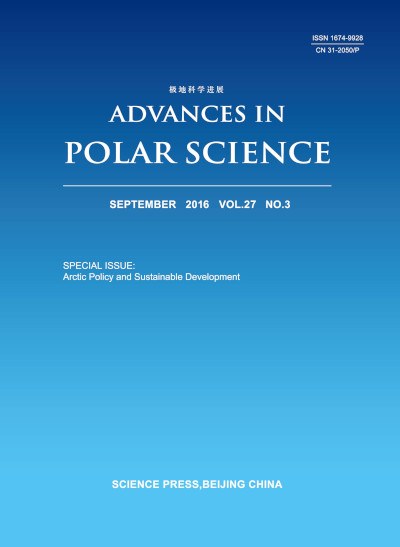Publication: Advances in Polar Science (APS). Vol.27, No.3, 163-169, 2016
Author: Deng Beixi
DOI: 10.13679/j.advps.2016.3.00163
CNARC member: Polar Research Institute of China (PRIC)
The security dynamics in the Arctic since the Cold War has transitioned from militarization, to de-militarization, and to re-militarization.
Abstract: Under the circumstances of ongoing globalization and climate change, the Arctic states have accorded priority to the enhancement of military capacities in the region, with a view to safeguarding sovereign rights, ensuring navigation security of Arctic waterways, responding to contingencies and guaranteeing civil security. Such military capacity-building measures are otherwise interpreted as initiatives to resume arms race in the Arctic, which would be contributive to the security dilemma. Subject to the structural competition of the U.S. – Russia rivalry, there has long been an absence of a security regime in the Arctic. Nevertheless, the build-up of security regimes in the Arctic constitutes a major concern for the Arctic states, as well as for some extra-regional stakeholders. In the Arctic regional context, the ever-intensifying institutional cooperation in the domains of nontraditional and civil security lays the cornerstone for establishing confidence-building measures, and gives rise to the consensus that maintaining cooperation in the Arctic will be mutually rewarding for all.
Key words: Arctic security dynamics, Arctic security regime, NATO


